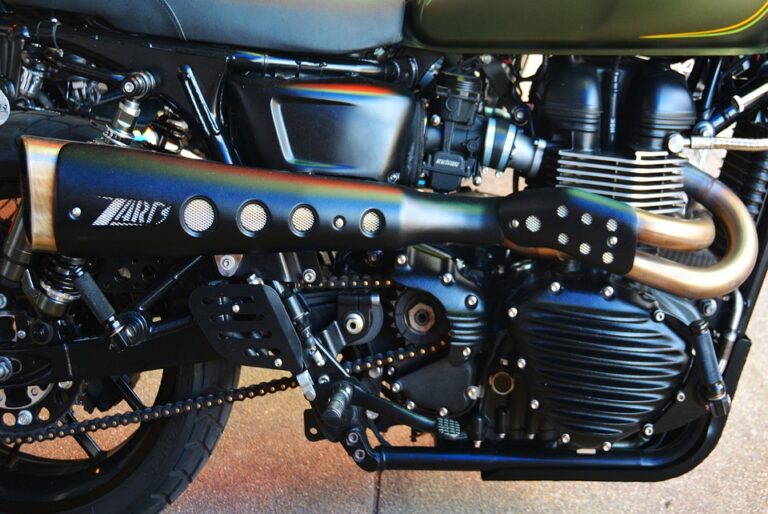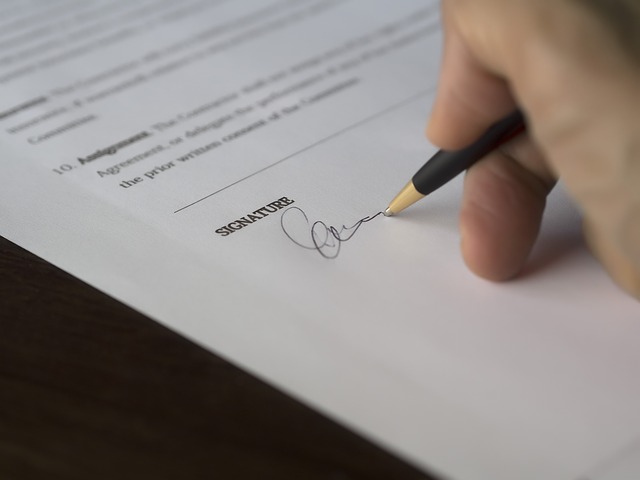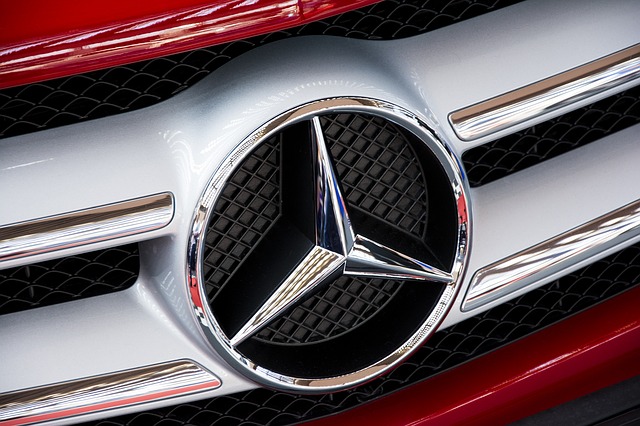The car clutch is one of these pieces that are quite important for our car, even if they are parts that cannot be seen with the naked eye. 
A clutch is a key part in manual cars, since it is responsible for opening the gearbox to allow manual gear changing. When we press the clutch, we are telling the car that we are going to change from one gear to another.
When the clutch begins to fail us, we begin to notice failures when making gear changes. Some gears don’t fit us well, others don’t work, we have to step on it too hard, the car stalls and many other things that can happen to us.
Among the consequences of a bad clutch, we have some minor consequences, such as the car being more choked or some gears working correctly.
The bad thing is that we also have serious consequences, such as a broken gearbox or engine problems, going through traffic accidents due to not controlling the gears, which could even cause death.
For this reason, it is essential to always keep car clutches in good condition. If you do not keep it in good condition, in the end you will have to regret greater evils when you have the entire gearbox system of your car damaged.
The downside is that the indicators that the clutch is damaged are not always visible. Sometimes these indicators are completely silent, as they happen without us realizing it and can suddenly lead to more serious changes.
From the vehicle and motor section of doncomos.com, we are going to show you how you can know when you should change the clutch in your car, in order to avoid all kinds of traffic accidents, breakdowns and damage to the car. Pay close attention, because the instructions are about to begin.
Instructions
- Scratches: One of the first symptoms that the vehicle’s clutch is damaged is that the gears scratch a bit when we put them in. We define scratching as the fact that the gears make strange noises when engaged, noises that they would not make in a normal state. We are going to notice how difficult it is for us to engage the gear, how there are strange sounds when passing some gears and how we even notice a vibration in the clutch pedal when we want to change gear. If we start to notice that the car scratches, we should already start thinking about changing the clutch to a more modern one.
- Past revolutions: Another of the first immediate symptoms that we see when we have a damaged clutch, is that the car does not change, but it passes us around. When we see that the car begins to rev, to sound very loud, but we continue going at low speed, it means that the gear has not entered well. When a gear doesn’t engage correctly, it means that something is wrong. On some occasions, it may be that you have put the gear wrong, but that happens once in a while and we usually realize it. On the other hand, if the failure is frequent (especially if it is in a specific gear) and is accompanied by scratching (see point 1), we should start worrying about changing our old clutch for a slightly more modern one that suits us. Allow to have the gearbox in perfect magazine condition.
- The car stalls: Another symptom that our clutch is damaged is that the car stalls. If you don’t know what stalling a car is, I’ll tell you what it is. The stalling of a car occurs when we accelerate and there is no gear well engaged, something that usually happens when we suddenly lift the clutch, since the car will have run out of power. If the car never stalls but now it has started to stall more than normal, it means that the disc is bad. Although we are pressing the clutch, the car does not detect that we are doing it because of the damaged disc, therefore, we are going to notice how the car stalls, which has run out of strength.
- Change it as a precaution: All the parts of a car must be changed from time to time, even if it has not given us any type of error. In the case of the clutch, it was not going to be something different, since it is one of the parts that wears out the most and that is why it is safe rather than sorry. Normally the recommended number of kilometers to change the clutch is 10,000 kilometers, an amount that seems high, but which you will reach soon if you use the car a lot, so be careful. This will also depend on how we use the car, the quality of the clutch we have installed, the speed at which we usually drive and the model of the car. For more information, consult the manufacturer’s manual of your vehicle.






